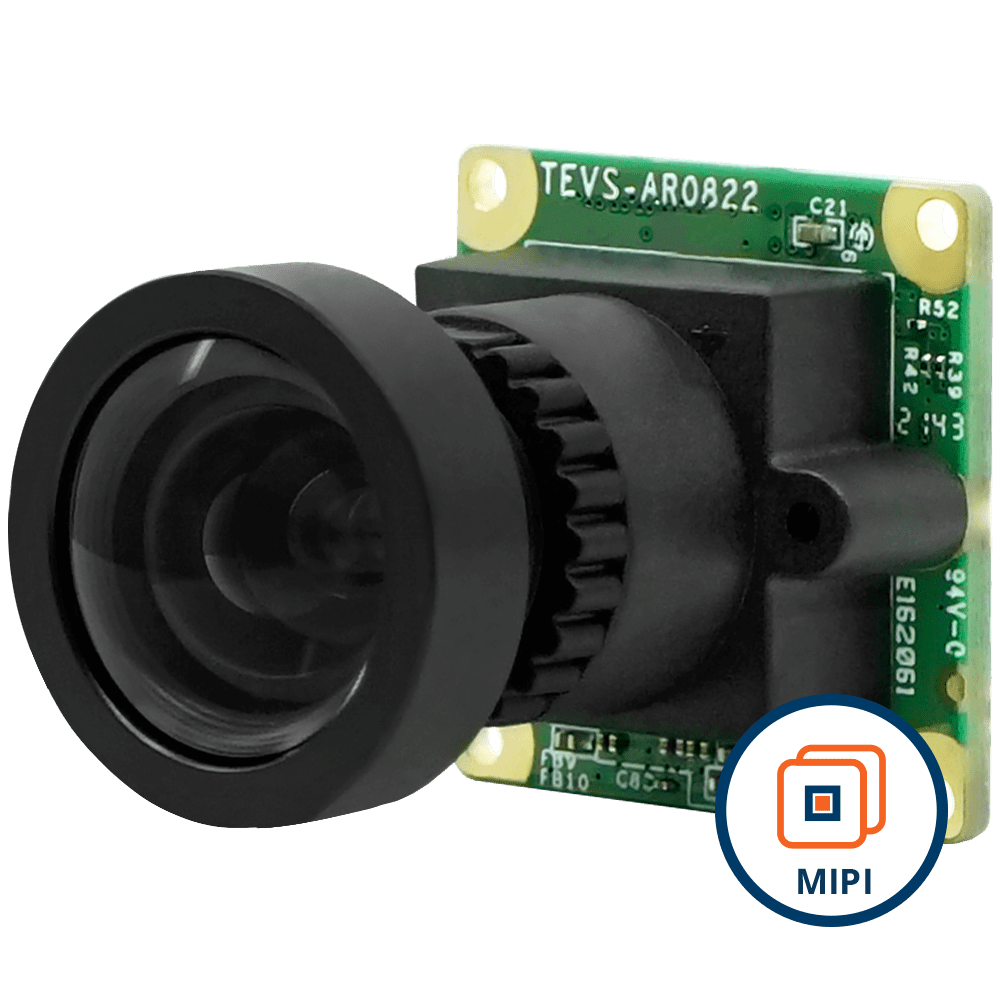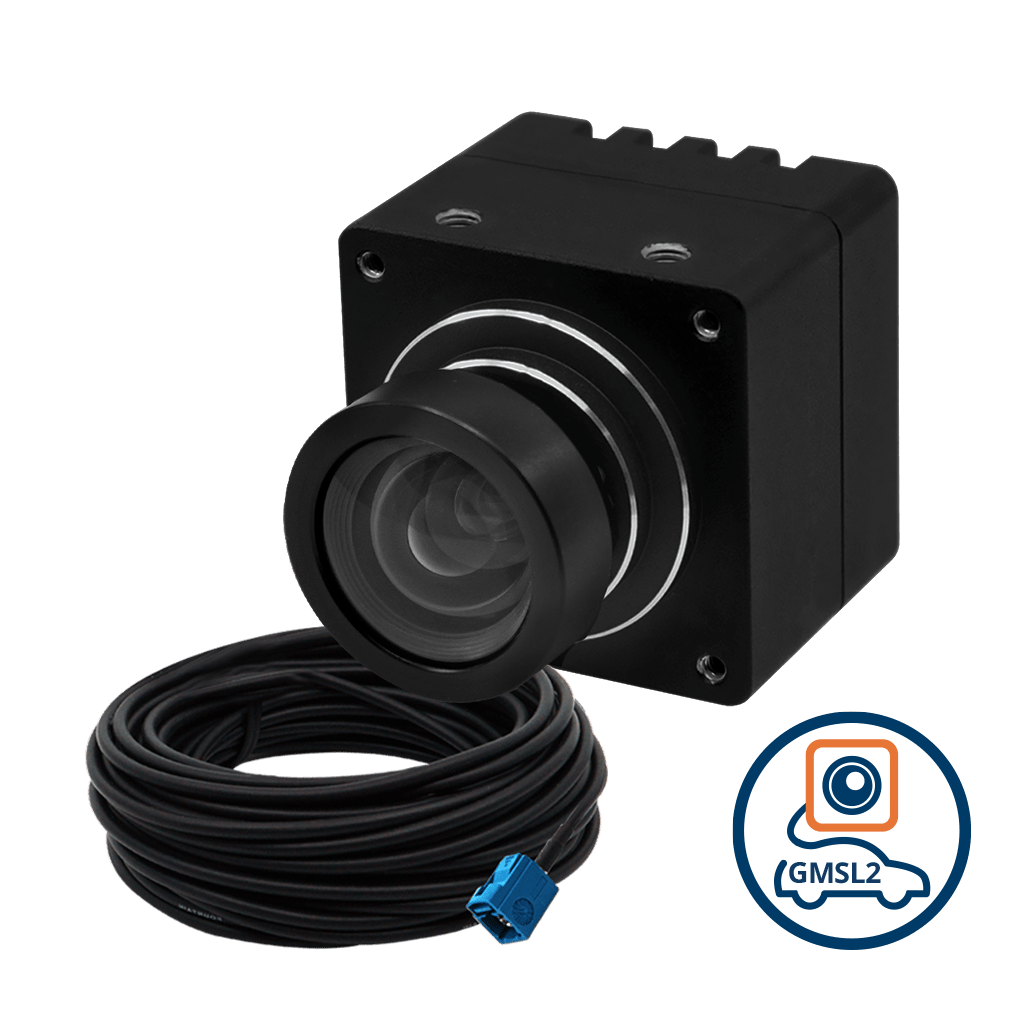Urban infrastructure has come a long way. In the early 19th century, gas lamps lit up city streets. By the late 1800s, electric street lights began to replace gas lamps. This transition marked a significant leap in urban development.
Today, traditional street poles primarily provide street illumination. While they effectively light up our roads and pathways, their utility often stops there. At a time when cities are becoming smarter and more interconnected, the need for multifunctional infrastructure is becoming increasingly apparent.
Enter smart poles. These advanced streetlights are more than just lighting fixtures. They integrate multiple technologies to enhance urban living. These include Wi-Fi hotspots, surveillance cameras, air quality sensors, and electric vehicle charging stations.
In this blog post, we will take an in-depth look at smart poles. We will explore their core components, the diverse functionalities, and the significant benefits they bring. We will also explore the role of cameras in smart poles and how to choose the best-fit camera for your smart pole. Join us as we explore how smart poles are poised to redefine urban living and city management.
What is a Smart Pole?
A smart pole is a modern, multifunctional streetlight designed to enhance urban living through advanced technology. Unlike traditional street poles, which primarily provide street illumination and electricity, smart poles integrate a variety of features. These are aimed at improving connectivity, safety, and efficiency in cities.
For instance, smart poles equipped with surveillance cameras help monitor traffic flow, detect violations, and enhance public security without human intervention. Similarly, smart street lights installed on smart poles can help reduce energy consumption by 80%, adjusting brightness based on ambient light conditions or pedestrian activity.
Controlled via a central computer, smart poles allow for real-time data collection and analysis, improving urban management. Their modular design facilitates easy upgrades and maintenance, ensuring they remain future-proof.
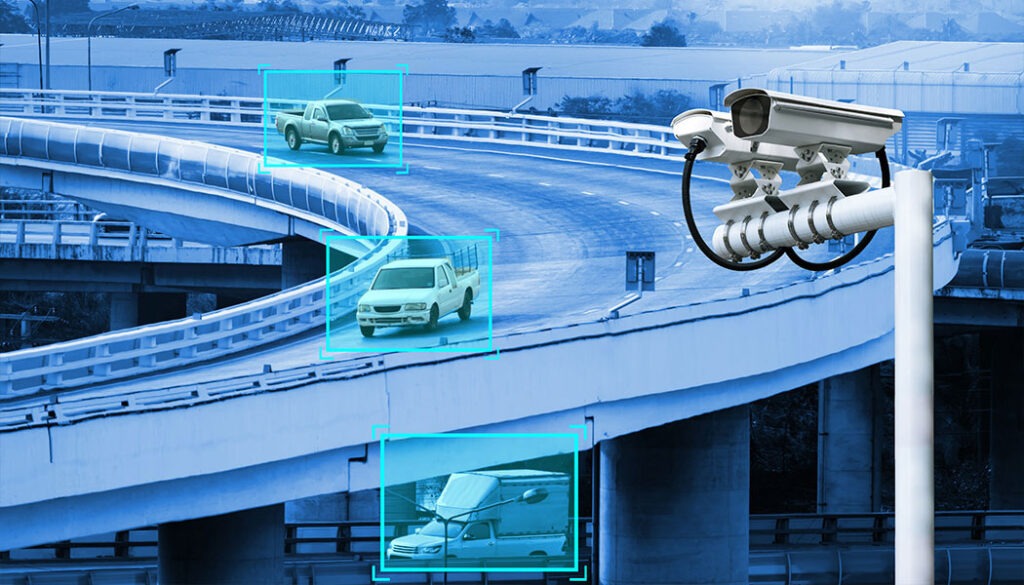
A smart pole
What Are the Components of a Smart Pole?
Smart poles incorporate various components that contribute to their multifunctionality. While the components can vary depending on the specific needs, some of the key ones include:
Wi-Fi Hotspot
The integrated Wi-Fi hotspot is a cornerstone of smart poles. It helps provide the public access to high-speed internet. This feature is particularly beneficial in densely populated urban areas where free Wi-Fi can significantly improve connectivity for residents and visitors. They are also essential for supporting smart city applications, such as real-time data collection and communication between city infrastructure.
Smart Street Lights
Smart poles feature advanced street lighting systems that go beyond traditional illumination. Equipped with sensors, these smart street lights adjust their brightness based on ambient light conditions and pedestrian activity. For instance, they can dim during off-peak hours to save energy and brighten when movement is detected, improving visibility and safety. This dynamic lighting capability not only reduces energy consumption but also extends the lifespan of the lighting fixtures.
Communication Hotspot
The communication hotspot on a smart pole enhances connectivity within urban areas by facilitating various forms of communication. It supports emergency services, public announcements, and other communication needs. For example, during emergencies, the communication hotspot can be used to broadcast alerts and instructions to the public. It also enables city officials to send updates or information about events, road closures, and public services.
Air Quality Sensor
Air quality sensors integrated into smart poles monitor environmental conditions and provide real-time data on pollutants and air quality. This data is crucial for urban planning and public health. For example, city planners can use air quality information to develop strategies for reducing pollution in the short term as well as long term. Additionally, real-time air quality data can be made accessible to the public. This can help residents make informed decisions about their health and well-being.
Touch Panel
The touch panel on a smart pole offers an interactive interface for users. This feature allows residents and visitors to access a range of services and information directly from the pole. For instance, users can interact with the touch panel to find directions, check public transportation options, or access city services. The touch panel can also be used for public surveys or to provide feedback on city services.
Electric Vehicle Car Socket
As cities move towards greener transportation solutions, smart poles are equipped with electric vehicle (EV) car sockets to support EV charging. These sockets facilitate the use of electric vehicles, promoting eco-friendly transportation options and contributing to reduced carbon emissions. The presence of EV charging stations in public areas encourages more people to adopt electric vehicles. This helps support broader environmental goals and enhances urban sustainability.
The Role of Smart Pole Cameras in Modern Urban Management
Smart pole cameras play a special role in enhancing urban management by providing advanced monitoring and analytics capabilities. Below, we explore their various use cases.
Speed Detection
Speed detection is a fundamental function of smart pole cameras, particularly in high-traffic urban areas. Equipped with embedded vision technology, these cameras utilize sophisticated algorithms and high-resolution imaging to monitor vehicle speeds in real time. The ability to track and record speeds helps enforce traffic regulations and improves road safety.
For instance, smart pole cameras can be integrated with dynamic display systems that alert drivers to reduce their speed in sensitive areas such as school zones or high-traffic intersections. This proactive approach helps prevent speeding violations and enhances safety for pedestrians and other road users.
Traffic Violation Detection
Beyond speed detection, smart pole cameras are instrumental in identifying various traffic violations. These cameras are capable of detecting infractions such as running red lights, illegal parking, and not using seat belts. They, therefore, support more effective law enforcement and contribute to improved road safety.
For example, smart pole cameras can automatically record instances of red light running and tickets can be generated for violators. This automated enforcement reduces the need for manual traffic monitoring and ensures that violations are addressed promptly.
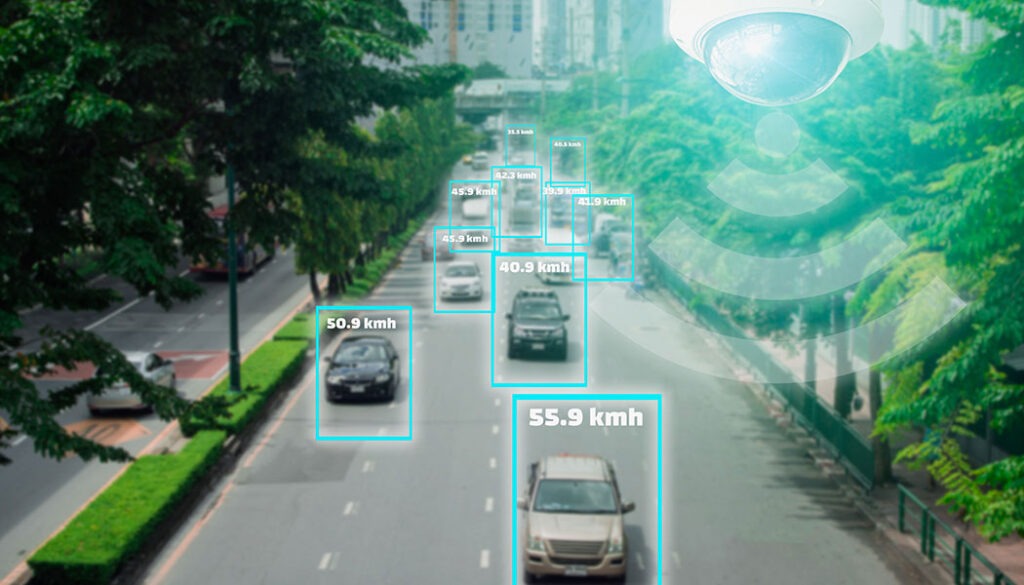
Traffic Violation Detection
Traffic Flow Analysis
Understanding traffic flow is essential for optimizing road usage and reducing congestion. Smart pole cameras equipped embedded camera modules can monitor vehicle movement, track traffic density, and identify bottlenecks in real time. This data allows city planners to make informed decisions about traffic signal timings, road design changes, and other infrastructure improvements.
For instance, if a smart pole camera detects a recurring traffic jam at a particular intersection, adjustments can be made to alleviate the issue. The ability to analyze traffic flow also supports better planning for future urban development and transportation needs.
Automatic Number Plate Recognition
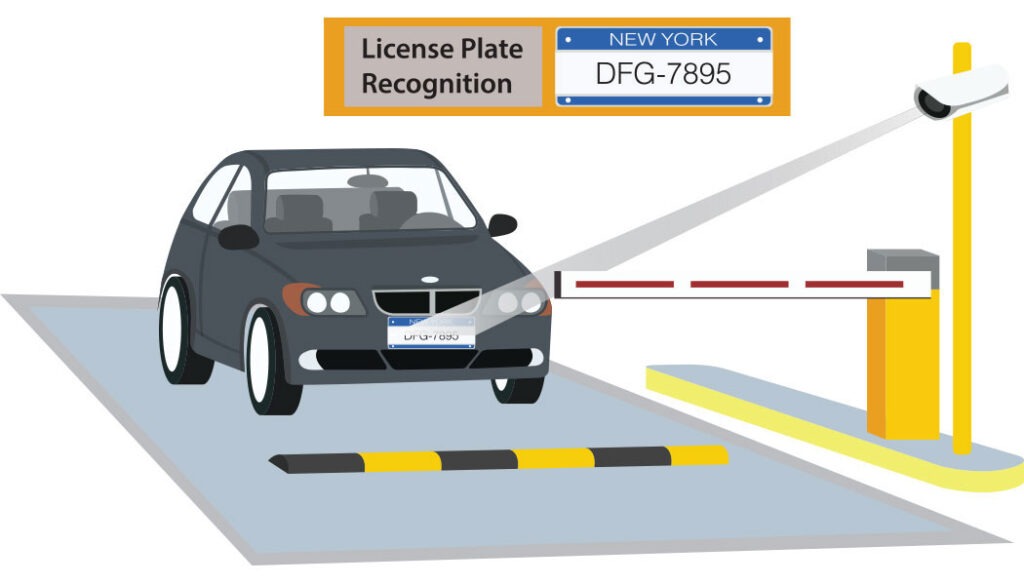
Automatic Number Plate Recognition (ANPR) is a powerful feature integrated into smart pole cameras. This technology allows the cameras to automatically read and process vehicle license plates. ANPR is useful for a variety of applications, including vehicle identification, parking management, and security.
With ANPR, smart pole cameras can track stolen vehicles, monitor parking violations, and support law enforcement by providing real-time vehicle data. For instance, if a vehicle that is reported stolen passes by a smart pole camera, the number plate can be automatically read and the system can immediately alert authorities. This enhances public safety and streamlines the enforcement of vehicle-related regulations.
Vehicle Attribute Analysis
Smart pole cameras equipped with vehicle attribute analysis capabilities can assess various characteristics of vehicles, such as make, model, color, and size. This analysis is valuable for traffic monitoring, urban planning, and security.
Analyzing vehicle attributes can help city planners understand traffic composition and demand. Suppose a particular type of vehicle, such as large trucks, frequently uses certain roads. Using this information, planners can make informed decisions about road maintenance or infrastructure improvements.
Smart Displays and Targeted Advertising
In addition to their surveillance functions, smart pole cameras can be paired with smart displays for targeted advertising. By analyzing pedestrian traffic and demographic data, these systems can deliver personalized advertisements relevant to the local audience.
Here is a great example of this: If a smart pole camera detects a high volume of pedestrians near a retail area, the smart display can showcase ads for nearby stores or promotions. This targeted approach maximizes the effectiveness of advertising campaigns and provides a valuable revenue stream for cities. It also ensures that advertisements are relevant and timely which helps enhance the overall consumer experience.
Related: Revolutionizing Offline Advertising With Smart Signages and Embedded Vision
How to Choose a Camera Module for Smart Poles
Selecting the right camera module for smart poles is critical to ensuring effective urban management. Here are key considerations to guide your decision:
Resolution and Frame Rate
High-resolution cameras provide clearer and more detailed images, which are crucial for accurate monitoring and identification. Select cameras with at least 1080p resolution, although higher resolutions like 4K can offer superior clarity. A frame rate lower than 30 fps is sufficient in most cases. However, if the objects to be captured move fast, a high frame rate camera (more than 30 fps) is preferred.
Night Vision and Low-Light Performance
Ensure the cameras have excellent low-light performance and night vision capabilities to maintain surveillance around the clock. Infrared (IR) or near-IR cameras can enhance visibility in low-light conditions.
Field of View
The field of view determines the area a camera can cover. Wide-angle lenses can monitor larger areas, reducing the number of cameras needed. However, ensure the cameras also have the ability to zoom in for detailed views when necessary.
Compatibility with Existing Systems
Ensure the cameras are compatible with existing infrastructure and management systems. This includes integration with central monitoring software, traffic management systems, processing platforms, and environmental monitoring networks.
Weatherproofing
Cameras used in outdoor environments must be weatherproof. Look for cameras with IP66 or higher ratings, indicating they are protected against dust and heavy rain. For instance, TechNexion’s cameras come with an optional IP68 enclosure making them suitable for use in harsh weather conditions.
Initial Cost
While high-end cameras offer advanced features, it’s essential to balance quality and budget. Determine the necessary features and choose cameras that meet those requirements without unnecessary expenses.
Long distance transmission
Given that smart poles often have cameras placed 2 to 3 meters away from the processor, long-distance cameras like GMSL cameras are recommended since they can transmit data up to a distance of 15m.
Maintenance and Upgrade Costs
Consider the long-term costs associated with maintenance and upgrades. Modular cameras can reduce these costs by allowing easy component replacement and system upgrades.
TechNexion TEVS Series - Camera Solutions for Smart Poles
TechNexion’s TEVS series cameras, such as the TEVS-AR0822, are a great fit for smart poles. With features like high-resolution imaging, low-light imaging capabilities, and more, the TEVS series excels in urban surveillance and management.
However, what sets the TEVS camera apart from other solutions is its modular design. It allows for easy upgrades and component replacements. This helps reduce long-term service costs and ensures the system remains up to date.
To know more about how the TechNexion TEVS series can enhance your smart pole infrastructure, contact us for a detailed consultation.
Related Products
Get a Quote
Fill out the details below and one of our representatives will contact you shortly.

